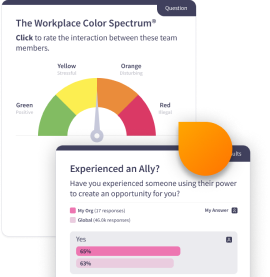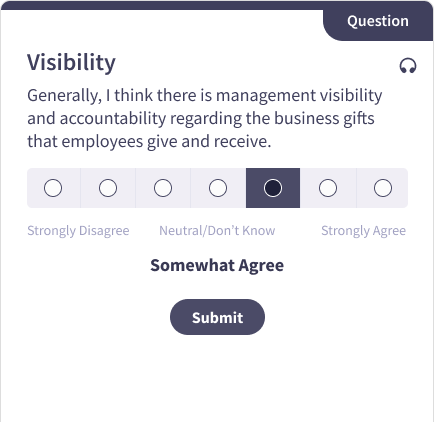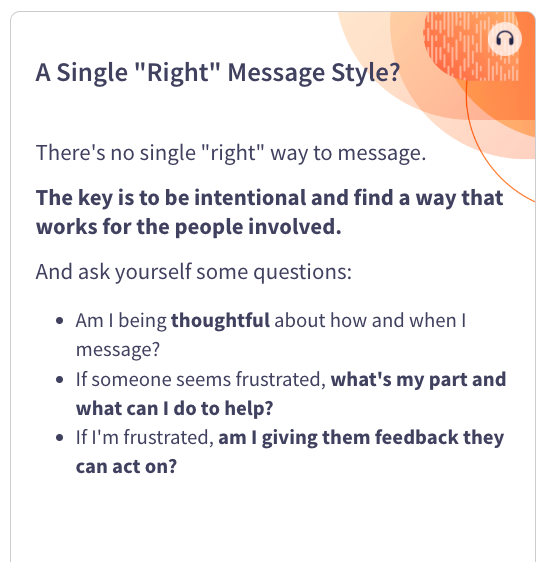
Understanding Feelings Across Cultures
Emotions are expressed differently across cultures, and misinterpretations can lead to confusion or conflict. Without awareness, employees may misunderstand colleagues’ intent. This microlesson offers skills training on cross-cultural emotion, helping employees interpret signals accurately and improve global collaboration.
Microlesson Description
This microlesson teaches employees and managers how to navigate and adjust different styles of emotional expression. Our cultural differences influence the way we communicate and understand each other. The videos in this microlesson show two types of communication styles: high, positive emotional expression vs emotionally reserved and how team members adjust for cultural differences.
This microlesson is part of Emtrain’s skill-building microlessons for retail. The microlesson teaches the skill of Interpreting emotional expression.
Key Concepts
- How to interpret emotional expression
- How to work with reserved and expressive people
- How to avoid making assumptions based on emotional expression
Microlesson Features
- Employee sentiment pulsing questions that provide leaders with insights into their workforce's core cultural competencies
- Emtrain's Expert Answers tool, enabling employeees to submit anonymous questions about sensitive issues.
- Rich, contemporary video scences illustrating key concepts through realistic scenarios
- A data driven, skill-based approach to eLearning that establishes a shared language for employees.

Frequently Asked Questions
Below are answers to common questions that employees and managers have about this topic. These FAQs provide a preview of what you’ll learn in this microlesson and why it matters.



